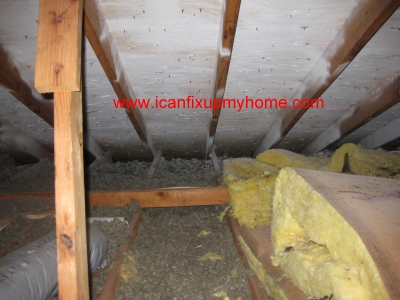|
The clock is ticking down to the new year. That means many things but here are two to consider. Since spring will soon be here it’s time to start planning new year projects. After all, it is a time of new beginnings. Also, right around the temporal corner is income tax refund time to fund those new projects. This may be good news for many–under President Trump’s tax bill, the marriage penalty is mostly gone and the standard deduction is vastly improved.
With those considerations in mind, consider these 10 home improvement and personal improvement projects.
Start Exercising More

Pick your sport. For me that means running. Worried about the cold weather? Don’t. It’s not a problem with these cold weather running tips. Other activities are good candidates and one bit of good news is that many are quite inexpensive. Walking and running really only requires comfortable clothing and the right shoes. Cycling is great but requires a heavier investment. Swimming is good if you have access to a pool or open water such as a lake or a beach.
Install a Rainwater Collection Barrel
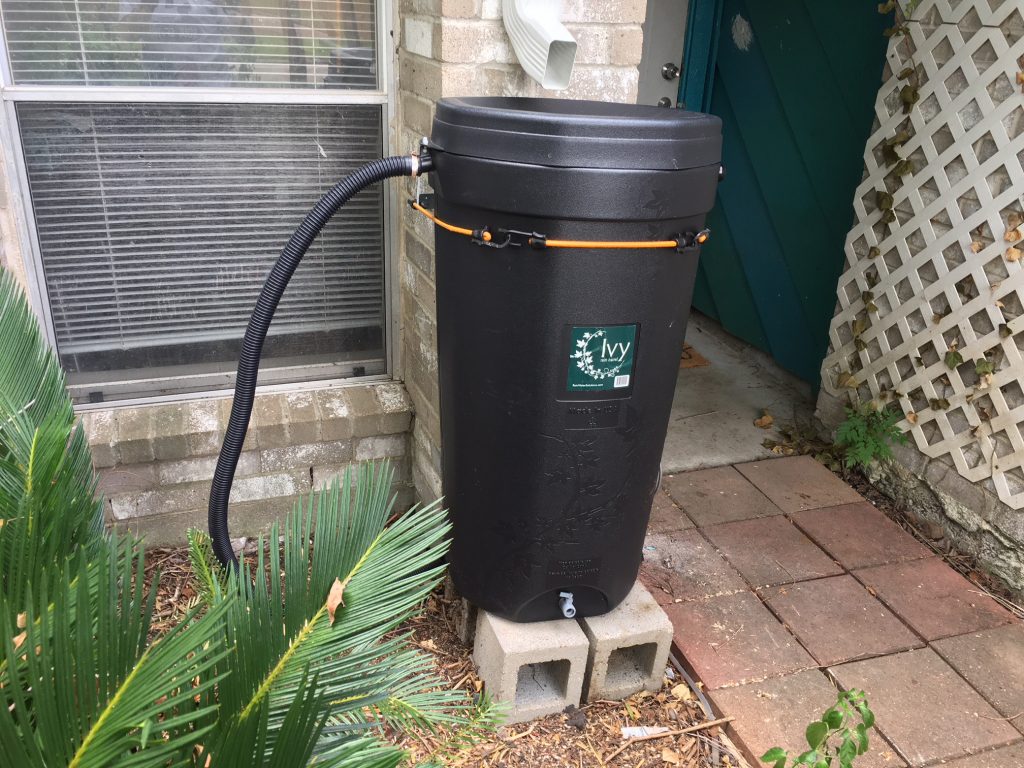
Rainwater collection or rainwater harvesting as it is sometimes called is becoming increasingly popular. The idea is simple; as you can see in the above photo, you just install the barrel under the downspout from your rain gutter. A screen on the top keeps leaves and other debris out. The black overflow tube at the top can be directed wherever you like and the spigot at the bottom is threaded to accept a garden hose. It works on the gravity feed principle and provides water for your garden or flower bed. Need more water? Link the overflow tube to another barrel. Using this water not only saves money on your water bill, but plants prefer the pH of rain as opposed to tap water.
Install an A/C Condenser Coil Misting System
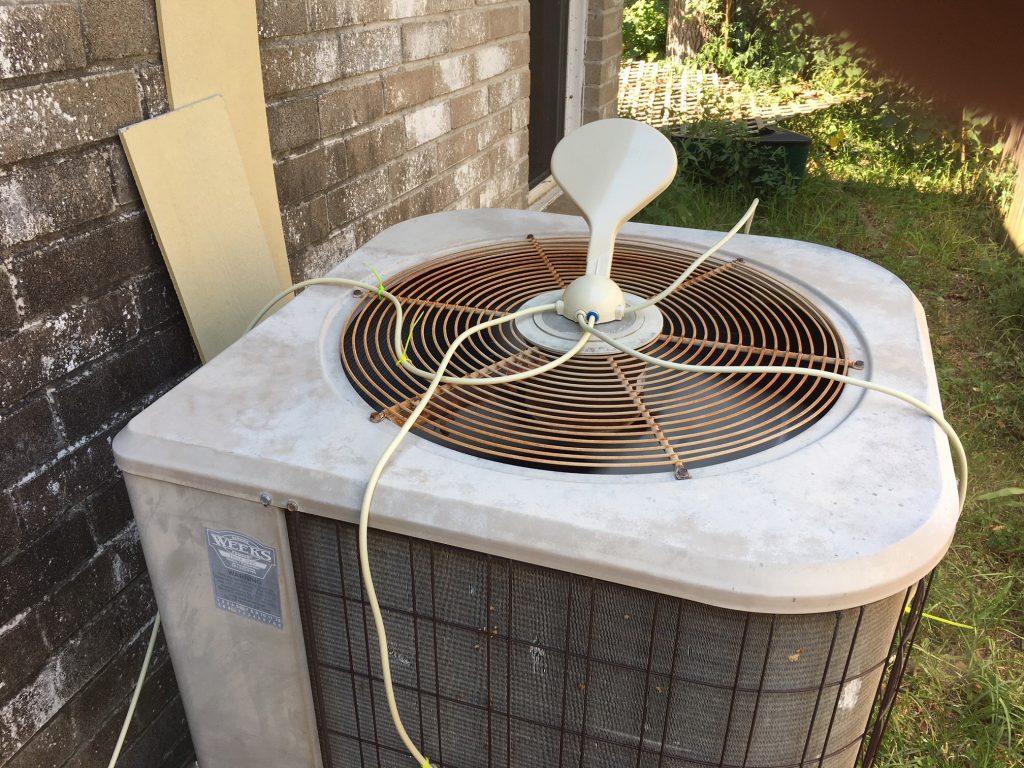
This simple innovation will really save on your electrical bill during the summer heat. When the compressor kicks on, the upward breeze from the fan lifts the paddle. This opens the valve allowing cool water to flow to the four misting nozzles. This lowers the ambient air temperature which reduces the amount of work the condenser coils must do. This inexpensive tweak saves money and installation requires only about 30 minutes and some basic hand tools.
Make Needed Roofing Repairs
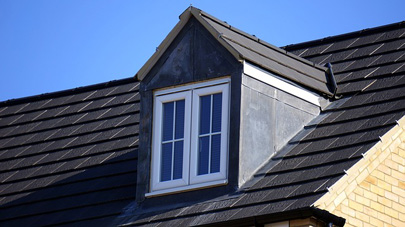
Having a solid, secure roof is critical. They can really take a beating during the winter. They should be inspected, and repaired if needed, twice a year. Minor repairs such as replacing individual shingles or flashing can be done on an individual DIY basis. For more extensive work, hire a roofing contractor.
Build a Walk-In Kitchen Pantry
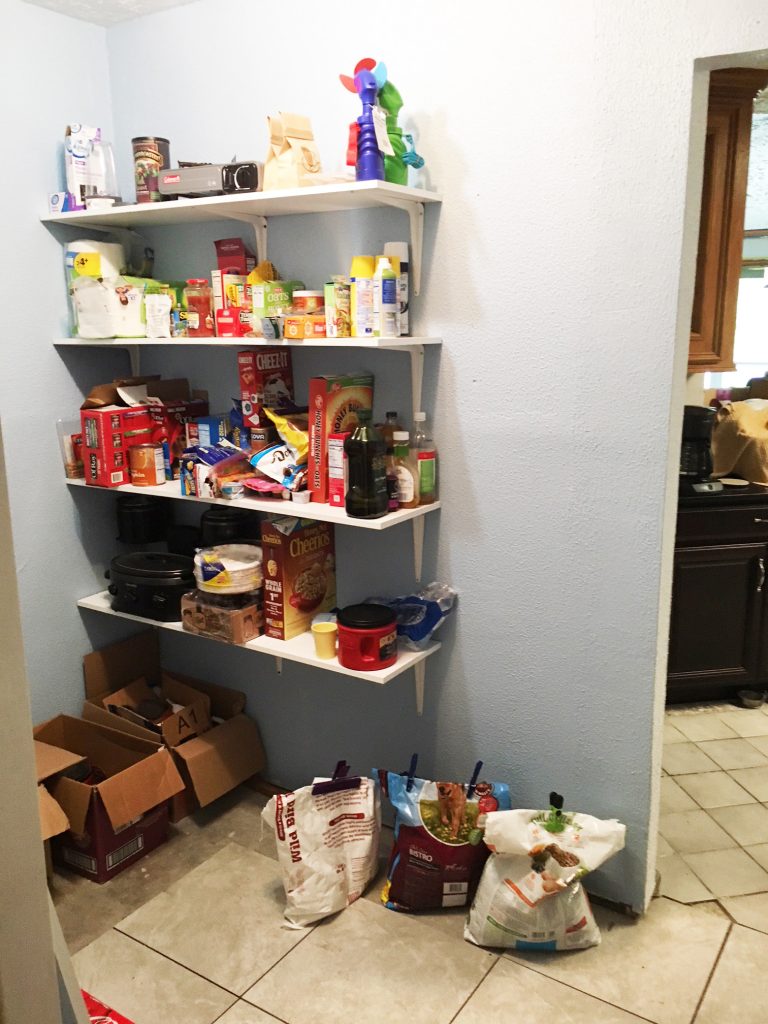
If your home is anything like ours, there’s just not enough storage space in the kitchen. My solution? I built a walk-in kitchen pantry. As you can see in the photo, the back door in the kitchen opened into the garage. I just “stole” some space from the garage and installed the walls (with insulation), turned the existing door into a case opening, and added an energy-efficient door into the rest of the garage. If you are comfortable with framing, hanging drywall, and laying ceramic tile, this is a great weekend DIY project. Follow the link for details.
I certainly hope these DIY New Years projects have inspired you. If so, I would appreciate you sharing these pages with your friends. Have a great New Year and thanks for visiting!
See the Next 5 DIY New Year Projects Here

Looking for more great content? Visit our partner sites:
I offer article and blog-writing services. Interested? Hire Me!
Did you find this article helpful? Thanks for supporting this free site with a small donation!
Visit Kelly’s profile on Pinterest.



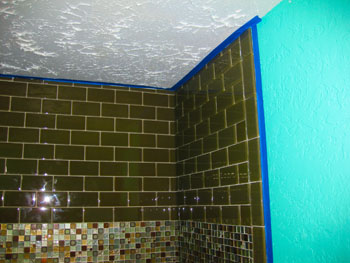
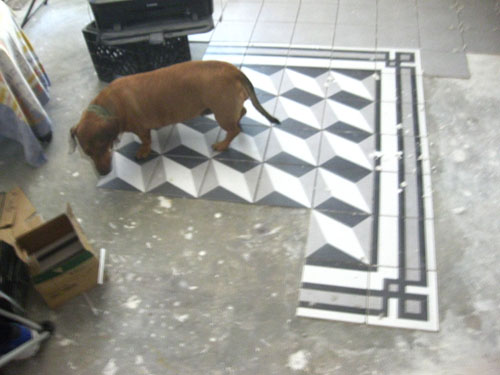
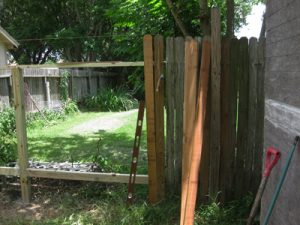

 Kelly R. Smith is an Air Force veteran and was a commercial carpenter for 20 years before returning to night school at the University of Houston where he earned a Bachelor’s Degree in Computer Science. After working at NASA for a few years, he went on to develop software for the transportation, financial, and energy-trading industries. He has been writing, in one capacity or another, since he could hold a pencil. As a freelance writer now, he specializes in producing articles and blog content for a variety of clients. His personal blog is at
Kelly R. Smith is an Air Force veteran and was a commercial carpenter for 20 years before returning to night school at the University of Houston where he earned a Bachelor’s Degree in Computer Science. After working at NASA for a few years, he went on to develop software for the transportation, financial, and energy-trading industries. He has been writing, in one capacity or another, since he could hold a pencil. As a freelance writer now, he specializes in producing articles and blog content for a variety of clients. His personal blog is at 